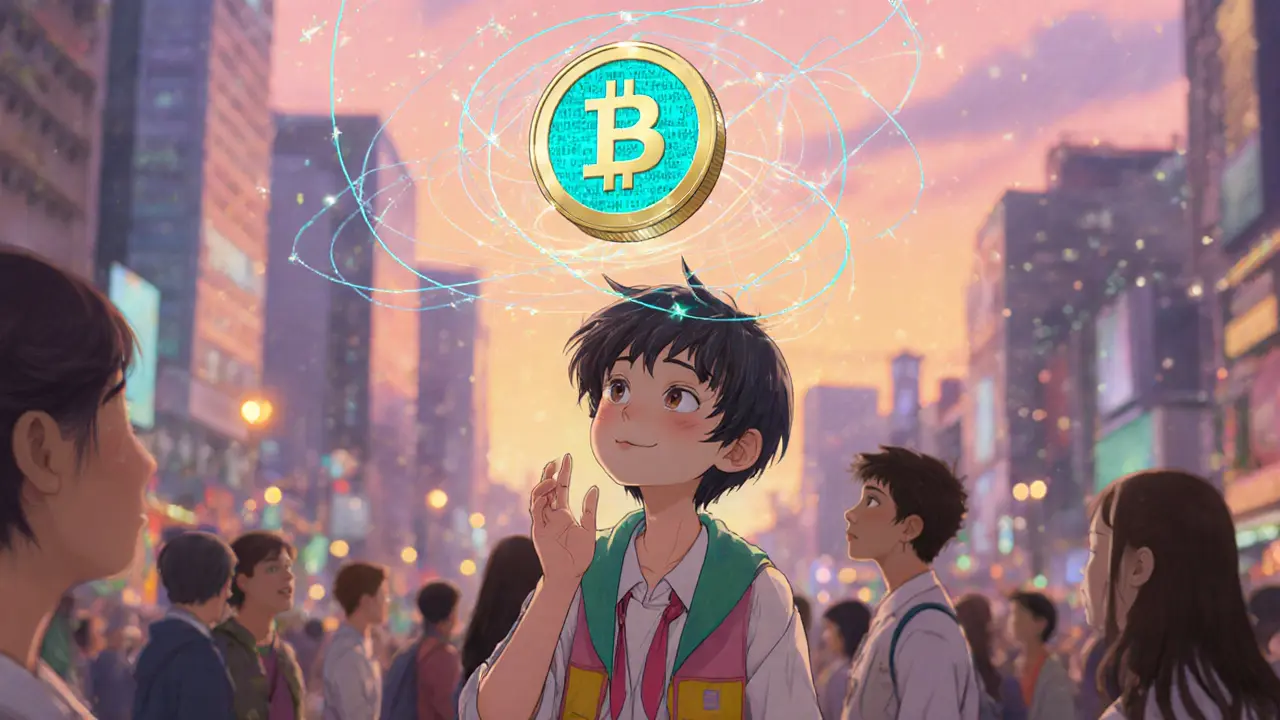Tokenized Loyalty – The Future of Rewards Programs
When talking about Tokenized Loyalty, the use of blockchain to turn traditional points into tradeable digital assets. Also known as crypto loyalty, it lets businesses issue Reward Tokens, cryptographic units that represent value for customers that can be spent, exchanged, or held. A Loyalty Program, any system that gives perks for repeat buying built on Blockchain, a tamper‑proof ledger that records every token movement gains transparency, security, and real‑world utility. Tokenized loyalty therefore reshapes how brands keep customers engaged and how users claim value from everyday purchases.
Why Brands Adopt Tokenized Loyalty
First, tokenized loyalty enables instant settlement. Instead of waiting days for points to clear, a blockchain transaction confirms in minutes, letting customers enjoy rewards right away. Second, the token model creates interoperable assets—users can swap a coffee‑shop token for a travel voucher on a decentralized exchange, something impossible with siloed point systems. Third, the data stored on the chain is auditable; marketers can verify that each token was earned fairly, reducing fraud. These three advantages—speed, interoperability, and trust—form a semantic triple: Tokenized Loyalty boosts customer satisfaction, Blockchain ensures security, and Reward Tokens expand utility.
Beyond speed, tokenized loyalty opens new marketing channels. Brands can launch limited‑edition tokens for events, turning a simple purchase into a collectible that may increase in value. This gamifies the experience and deepens engagement, which is a direct link between Loyalty Programs and Customer Retention. Moreover, because tokens are programmable, businesses can embed conditions—like “double points on weekends” or “auto‑redeem after reaching a threshold”—without manual admin. The programmable nature of blockchain rewards also supports cross‑brand collaborations, letting two unrelated merchants share a common token pool and broaden their audiences.
Regulators are watching, but many jurisdictions treat reward tokens as utility items rather than securities, keeping compliance simpler than launching a full crypto token. Still, companies should define clear token economics: total supply, issuance rate, and redemption value. Clear economics help users understand the token’s worth and prevent price volatility that could deter participation. In practice, a well‑designed token economy mirrors the old point‑to‑dollar conversion but adds the flexibility of a digital asset.
Our collection below dives into every angle of tokenized loyalty. You’ll find guides on how confirmation times affect token transfers, step‑by‑step airdrop tutorials for reward tokens, and real‑world case studies of brands that turned loyalty points into crypto assets. Whether you’re a marketer curious about the buzz, a developer looking to build a token system, or a consumer wanting to make the most of your rewards, the articles ahead give you practical tools and fresh insights. Let’s explore how the pieces fit together and what you can start doing today.
How Social Tokens Boost Fan Engagement in 2025
Explore how social and fan tokens transform fan engagement, offering voting rights, exclusive content, and new revenue streams through blockchain technology.
